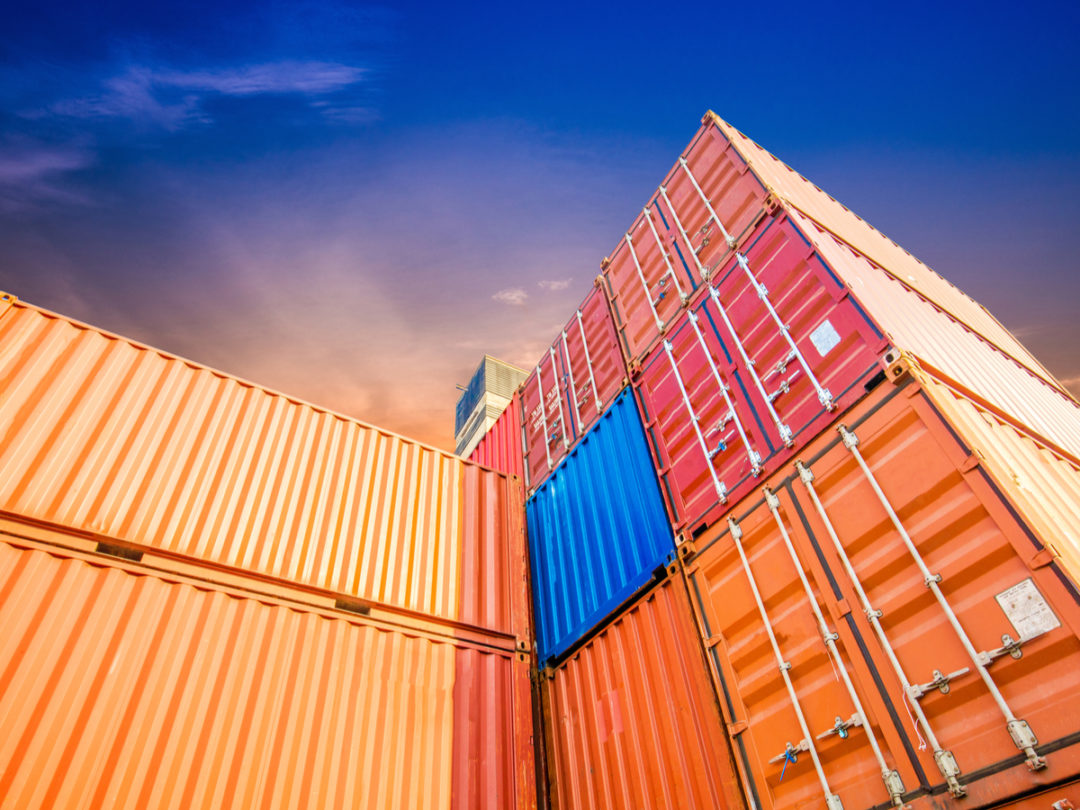
Think Tank
The Truth About Supply Chain Costs From a Logistics Perspective

The United States boasts one the most robust consumer economies in the world. As an importer, it’s second only to the European Union, receiving approximately $2.4tr in goods and services each year, of which food and beverage accounts for roughly $138bn.
Manufacturers and producers around the globe view the U.S. as a source of demand for the products they manufacture. This view, while appealing from a sales standpoint, requires a thorough understanding of supply-chain logistics and costs associated with making products in one country and importing and selling them in another.
Supply-chain execution is among the most critical determinants of ultimate success. It can make or break a product or brand. For purposes of this article we’re going to make some assumptions. First, that you have a successful product, a well-developed brand, and a seamless manufacturing process. Second, that you’re ready to take your product to the international stage, have strategically evaluated the U.S. market and completed all related due diligence, and have the capital to support an expansion. Finally, we’ll assume that you have sourced a team to market and sell your product abroad, and that this team has put together a comprehensive sales strategy to identify key geographic targets and consumer demand points.
Orders have been committed and the product is being manufactured for international sale. This is where the fun begins — it’s now time for the supply chain to execute on converting orders to revenue, revenue to profits, and profits to return on invested capital.
One of the most important supply-chain factors is the cost to ship product from the port of departure to the preferred ports of call. This cost is largely driven by the geographic concentration of your consumer demand points, and the two primary considerations should be cost to a particular port and speed from that port to the consumer market. Generally, landing your product at a port of call closest to the ultimate consumer market will maximize your financial return. Costs, however, are determined based on a multitude of factors, including:
- Competitiveness and balance of the ocean trade lane. What does the competition, frequency, stability and supply of capacity in the trade lane look like? How will it impact your end goals? Are the vessels filled with high-yielding commodities and consistent, predictable product?
- Macroeconomic factors. What is the potential for global economic growth, overall vessel capacity versus global demand, and vessel pricing practices?
- Product factors. Does your product require special services, such as temperature or other unique characteristics?
- Bundled versus unbundled service offerings. In addition to direct ocean service, do the carriers offer bundled services beyond the port of call (i.e., transportation, deconsolidation, warehousing, cross-docking, intermodal or rail)?
Additionally, items not contractually negotiated can impact costs, which can impact speed to market, including:
- Transit times and frequency of sail,
- On-time vessel performance,
- Port-of-call terminal efficiency and capacity, including the ability to accept large vessels and unload and load containers in a timely manner,
- Available labor to meet unpredictable ship and container volumes,
- Terminal technology and systems to efficiently process container unloading or loading, and efficiently deliver to the community,
- Terminal space, flexibility, capacity and capital availability to efficiently conduct operations, including peak surges,
- Land-based logistics in relation to ease and efficiency in accessing containers and product by transporters, and
- Weather.
All of these factors must be considered not only as real incurred costs, but also in terms of the cost of time. Any delay could jeopardize the sale to your customer and result in a real opportunity cost.
Finally, if your product will be sold in geographically diverse markets, you must further optimize the cost of multiple locations by comparing the shipping cost to different ports of call with the land-based distribution costs of these locations.
If you understand your consumption and demand points, negotiate vessel costs to include an evaluation of carrier performance, and maximize port-of-call efficiencies, you will maximize speed to market, and ultimately, to your end consumer.
Jamie Overley is CEO of East Coast Warehouse & Distribution, a provider of temperature-controlled logistics services to food and beverage importers.






